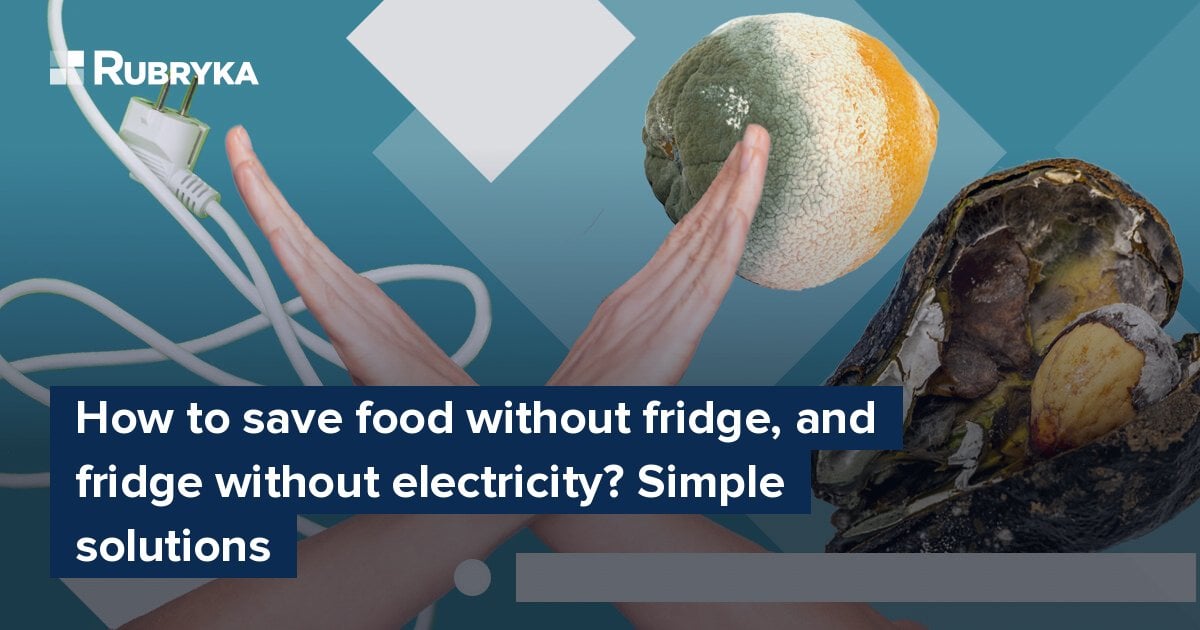
What is the problem?
Due to russian terror, blackouts have become a part of Ukrainian life. In some areas, they occur on a schedule. In others, it's easier to count the hours when electricity is available than when it is not. You can live without a TV, but a turned-off refrigerator, often filled with food in case of emergencies, causes constant anxiety about its content.
What is seemingly the problem? It's not summer anymore. You can keep food on the balcony or outside. However, the fact is that although the temperature is relatively low, it is still far from frost. Forecasters promise a stable plus 10–12 degrees for the near future.
What is the solution?
Help the refrigerator keep cold and food. And it is also essential to know what to do with the products from the fridge if the lights go out. Rubryka has collected tips for you on how to help your home supplies survive power outages.
How does it work?
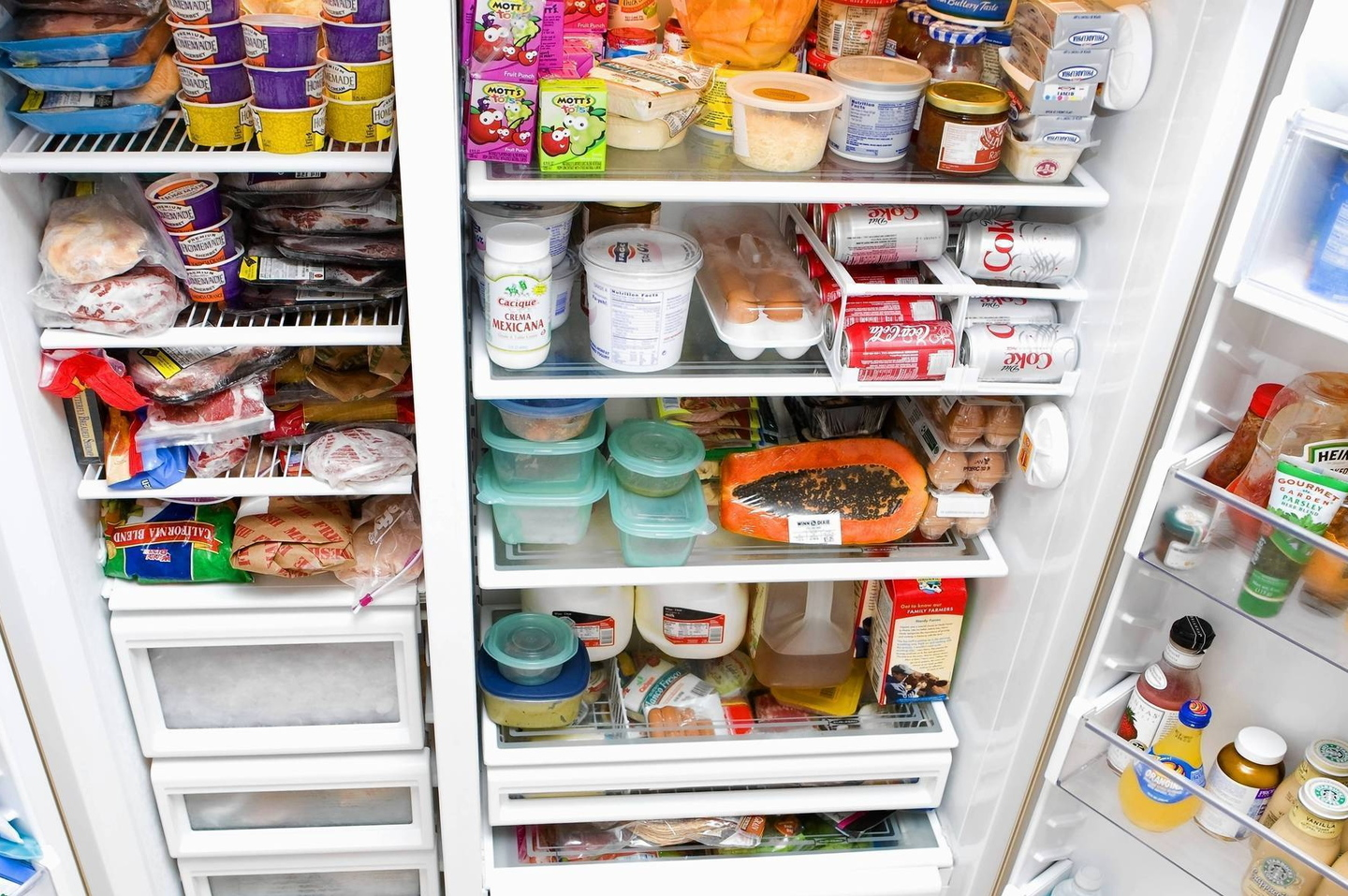
To begin with, let's figure out how long and at what temperatures products are stored best and remain safe for consumption.
- Raw meat can be kept in the refrigerator in proper packaging for no more than five days, and cooked meat is suitable for 3–5 days, from 0°C to 2°C.
- Raw fish and seafood are preserved at the same temperatures.
- Fresh poultry without freezing begins to spoil after two days.
- Packaged sausages and sausages can remain refrigerated for up to two weeks; when open, you can keep them for up to one week—temperature from 0°C to 6°C.
- Semi-smoked sausage has a longer shelf life; you can store it for 12 days at +5°C…+8°C.
- Mushrooms: up to five days, and it is better to wrap them in paper and then in polyethylene.
- The shelf life of dairy products is limited to a week, but you can store some hard cheeses for up to two weeks. The temperature is from 0°C to 6°C.
- Raw eggs can be stored for 4-5 weeks, and hard-boiled eggs are edible for no more than one week. Moreover, cold is optional for fresh eggs. They can withstand 10°С–20°C.
- Greens and lettuce will stay fresh for four days if stored dry in a sealed plastic bag. Salads are placed in airtight containers, which are placed in the refrigerator for no more than three days.
- For fruits, the refrigerator has a separate container. There they retain their beneficial properties for up to four days. Grapes, pumpkin, spinach, celery, and cabbage salad will be fresh for 10–14 days. The temperature range is from 0°C to 15°C.
- According to established sanitary standards, you can safely store ready meals at temperatures up to +5°C during the day. A temperature below +4°C can double these terms. You can keep fried meat for up to 48 hours.
That is why many modern manufacturers recommend setting the general value for the refrigerator: from +3°C to +5°C (fruits and vegetables are stored in the lower compartment, where the temperature is higher), and -18°C is considered average for the freezer.
In the case of rotating power outages, which last 2–4 hours and occur per schedule, you can almost not worry about the refrigerator and everything in it. Modern refrigerators work almost like thermos. If you don't check every half hour how the sausage or a pot of borscht feels by letting a portion of warm air inside, then nothing terrible will happen to the contents of the refrigerator.
An average refrigerator keeps cold for 5, or even 7, hours during a power outage. Subzero temperatures are preserved for 48 hours in a full freezer and 24 hours in a half-empty one. The freezer compartment, integrated into the refrigerator, keeps the temperature for about 16 hours. Even a small freezer zone in compact refrigerators keeps the cold for up to 10 hours.
How to help the refrigerator keep cold?
- First, the time of keeping cold in the refrigerator during a power outage depends on the temperature in the room and the seals on the door. Check the condition of the seals and, if necessary, replace them.
- To increase this time, rather than shorten it, you should only open the refrigerator occasionally.
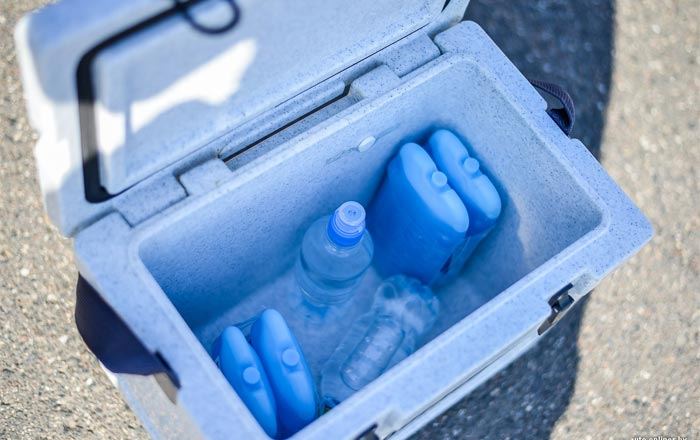
- To increase the time of keeping cold in refrigerators, you can use cold accumulators—plastic containers filled with a salt solution of high heat capacity. They are also used to maintain the temperature in thermal bags and thermal containers. Block or dry ice will also help.
Alternatives: Freeze containers or bottles with water (fill less than the top; otherwise, the ice will break the capacity). Not pure water, but a saturated salt solution will dissolve much more slowly (dissolve salt in water until it stops dissolving). If there is no electricity for more than 5 hours, transfer ice or frozen bottled water from the freezer to the refrigerator. - The method of filling the volume of the refrigerator. You should fill it as much as possible without closing the ventilation holes and without placing pans and jars close to each other in the main chamber so that there is little air. At the same time, it circulates freely. If the space is densely filled, the risk of forming warm "pockets" increases, which bacteria will be very happy about.
By the way, with correct filling, the inertia of the refrigerator itself is preserved. It turns on and off less often. And it keeps cold longer during prolonged power outages. Free places in the fridge can be filled with tightly closed cans and bottles of water; during a power outage, they will also help to maintain the proper temperature for longer. - Do not put hot or warm food in the refrigerator. Because of this, condensation and ice can form (except for devices with the No frost system), or even the compressor can overheat and break. In addition, a hot dish will quickly heat up the space around it, and bacteria will immediately begin to multiply there, endangering other products.
What to do with products with the refrigerator turned off?
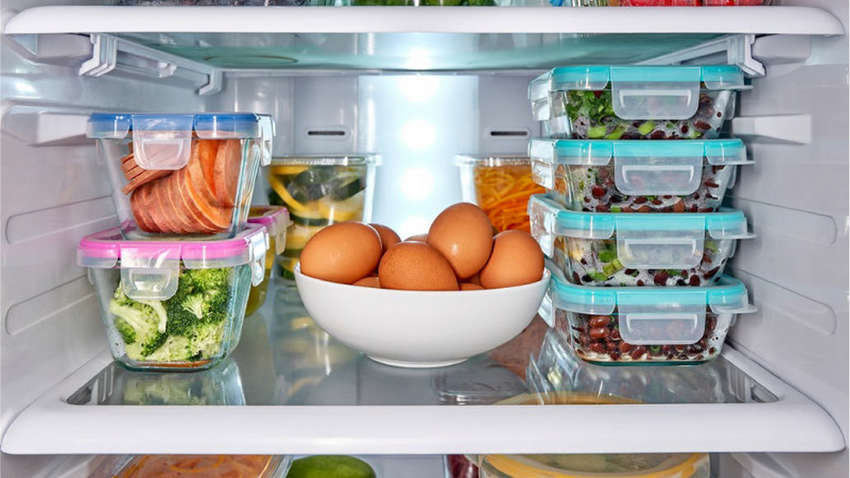
Ukraine's Public Health Center advises checking the temperature of products stored in a freezer or a refrigerator with an additional cold source. Discard food if the temperature is above 4°C. You can check it with a thermometer in the fridge or freezer.
It's safe to refreeze or cook frozen products with ice crystals or a temperature of 4°C or lower.
You cannot taste food to check its safety. If in doubt, throw it away. Dispose of perishable foods (meat, fish, sliced fruits and vegetables, dairy products, and leftovers) from the refrigerator after 4 hours without electricity or a cold source. Throw out any food with an unusual smell, color, or texture!
How to store products if the electricity goes out for a long time?
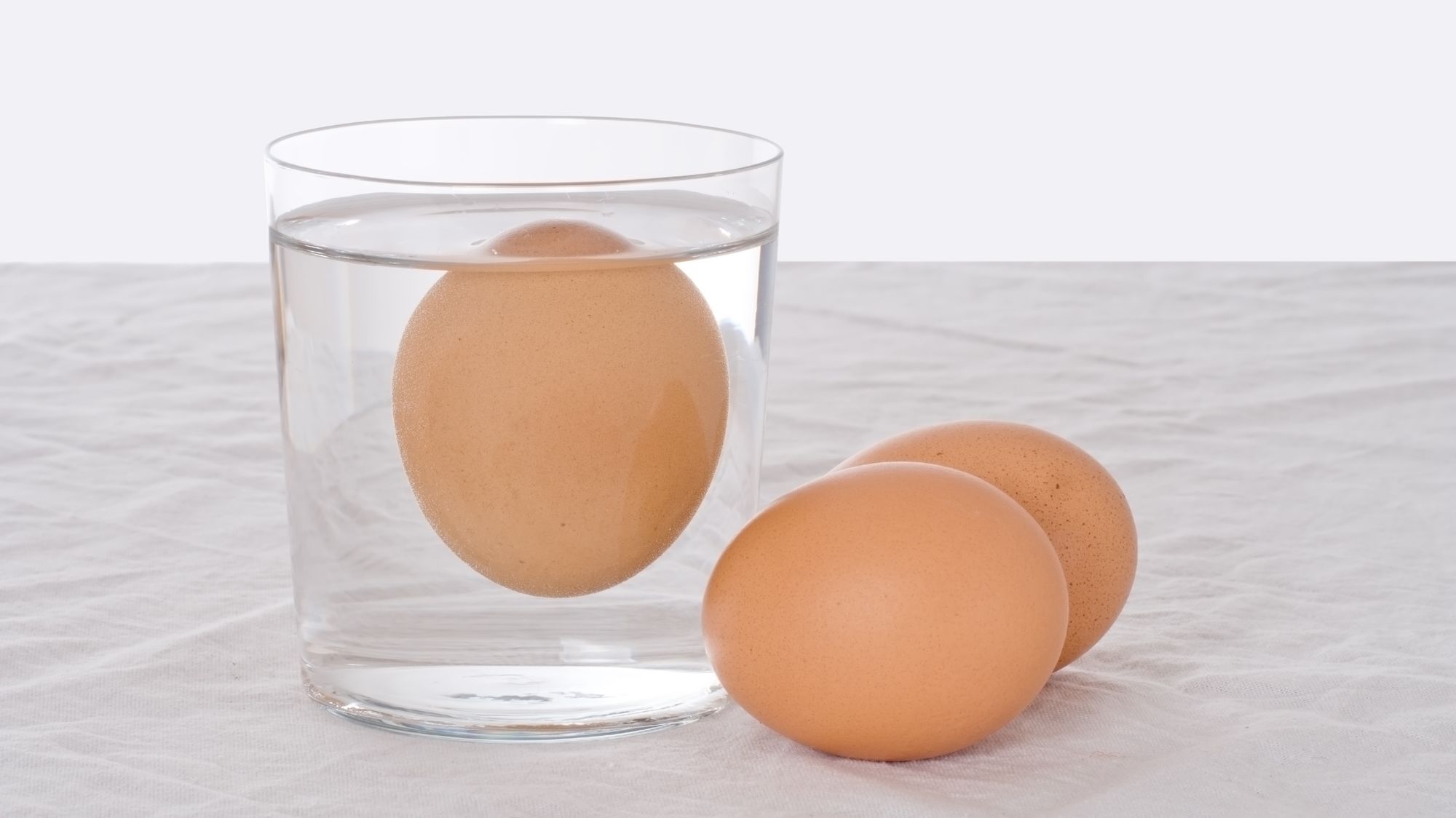
- Eggs. Chicken eggs can be stored for quite a long time, even at room temperature. A fresh egg has a natural protective film, the so-called cuticle, which protects it from spoiling for 12 days after laying and protects against the penetration of pathogenic microorganisms. The protective layer of the egg must remain intact. If the egg is washed or the shell is scratched, the protective properties of the cuticle are lost. It is advised to wrap each egg tightly in the paper (for example, newspaper), fold it into a container, and put it in a cold place to extend this period. Our grandmothers, who did not have refrigerators, checked the freshness of eggs as follows: they dropped an egg into a salt solution (125 g per 1 liter of water) and the fresh one settled to the bottom, and the spoiled one floated out.
- Fresh meat should be dipped in boiling water for several minutes. We dissolve table salt in this water, five tablespoons per liter. Then put this meat in an open container and leave it in a ventilated room. The storage period is 2–3 days. Another life hack to preserve meat without a refrigerator is to put it in a pan or glass jar and sprinkle it generously with salt. You can also make a salt solution with ten tablespoons of salt per 500 ml of cold water. You must first soak the meat in water to use it later.
- The fish must be washed and cleaned, and the head must be cut off because the fish spoils from the head. Next, wet a towel in salt water, wrap the fish, and put it in a cold place.
- Sausage products. Salt and a towel are also best for this product. To begin with, dilute the salt in water, wet a towel, wrap these products and transfer them to a cool place.
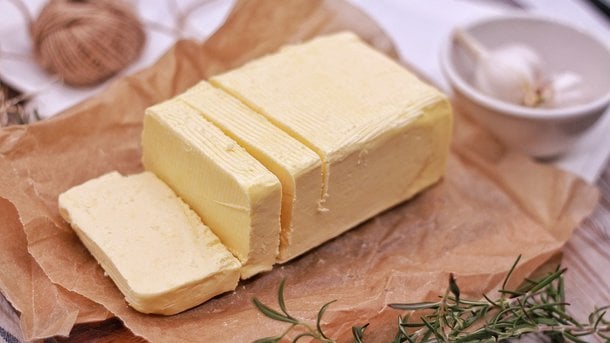
- Butter. Additionally, wrap the butter with parchment paper, fold it into a container and fill it with cold salted water (a spoonful of salt per 1 liter of water). Cover the top with a plate, and put something heavy on it. Put the container outside, in the cellar, or choose another cool place.
- Milk and cheese. To extend the shelf life of milk, boil it by adding ½ teaspoon of soda per 3 liters. Then pour into dry, clean jars. Try to wrap the cheese in a linen cloth, which must be pre-soaked with salt water. Afterward, transfer the cheese to the parchment and put it in a cool place. This way, you can store cheese for three days.
- Vegetables and fruits. Mostly, you can store vegetables and fruits in autumn without a refrigerator. It is essential to find not only a cool but also a dark place. Carrots and beets keep well if they are stacked in boxes with sand. The potatoes mustn't be exposed to sunlight or light during storage. If this happens, the vegetable will begin to release the green pigment chlorophyll. It is not advisable to eat these potatoes. If you see the first signs that fruits and vegetables have started to spoil, you can extend some of them. Make jam from fruits and berries, make candied fruit, and preserve or ferment vegetables. You can also cook compote.
- Freshly prepared meals are best eaten within 24 hours, provided they are stored in a cool place.
What are the alternatives to the refrigerator?
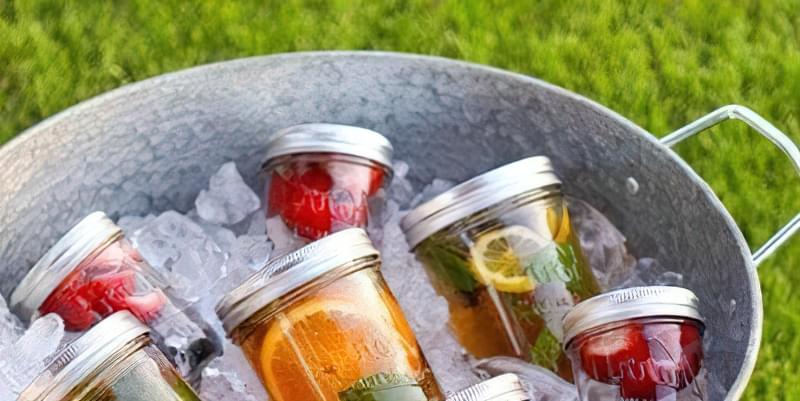
- Thermal bag.
It is a heat-resistant container with refrigeration elements that you need to store in the freezer and then put in the bag with the products. The thing is very convenient for going out into nature and long-term storage of products.
- Cellar/basement.
Even our ancestors used this method, who knew that underground "rooms" warm up very slowly. There are a lot of basements in private housing, but in the city, unfortunately, they are challenging to find.
- Well.
The well works like a crypt. Place the food in the bucket and lower it down. The bucket should be 2⁄3 full of water. The products should be hermetically packed to protect them from moisture.
- Homemade mini earth cellar made of a barrel.
If there is no cellar, it can be dug and built using a shovel and a barrel. You need to dig a hole in the shape of a barrel and place a barrel in it. After each opening/burying, it is better to dig it up to preserve low temperatures.
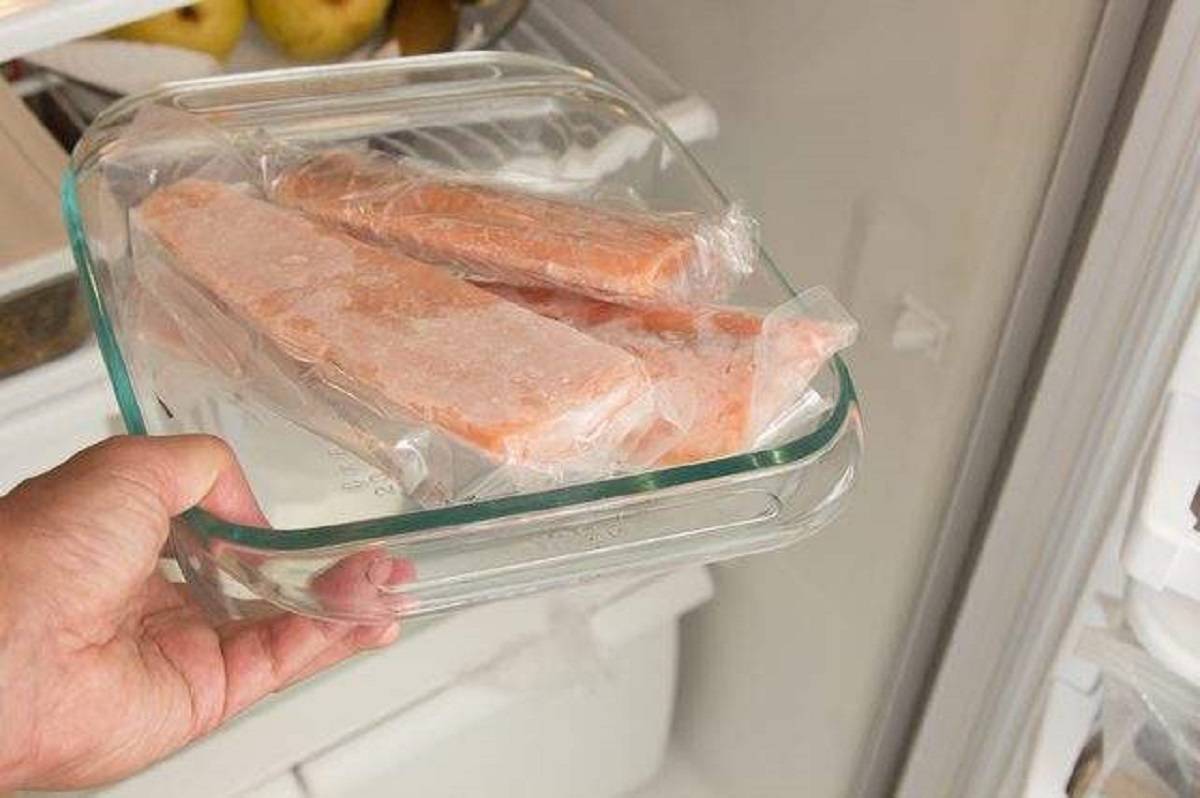
- "Atmospheric refrigerator."
You can make it with your hands by placing the products in an airtight container and a water basin. Then cover the container's lid with a wet towel and lower the ends into the water. Put everything in the cold and ensure the water does not evaporate.
- Balcony.
If the temperature outside the window is below freezing, you can store products on the balcony. Sort them into boxes or bags. If there is no balcony, you can nail nails outside the window, put food in bags and hang it on the nails. But before that, ensure rain, snow and animals do not get to the products. However, remember that outdoor temperatures can fluctuate and change hourly depending on the amount of sunlight. And this can lead to the spoilage of products.
Even more helpful solutions!
How to save the refrigerator during power outages
Refrigerators that work around the clock can fail not only due to voltage drops after turning on the electricity. They are also harmed by turning off the light if the cooling process in the refrigerator begins in the device. Therefore, if you know in advance about the power outage (there is a schedule), it is better to turn off the devices from the outlet. This is the cheapest way to avoid spending extra money.
It would be best if you stock up on additional equipment for peace of mind. To protect the refrigerator, buy a stabilizer. It is better to connect a voltage relay to the meter, which will work and turn off the electrical network in the apartment, saving your electrical appliances from breaking (burning).
This article was created by the Rubryka online publication within the Ukraine Rapid Response Fund program, implemented by IREX with the support of the US State Department. The content is the sole responsibility of the Rubryka online publication and does not necessarily reflect the views of IREX or the US State Department.
Newsletter
Digest of the most interesting news: just about the main thing



